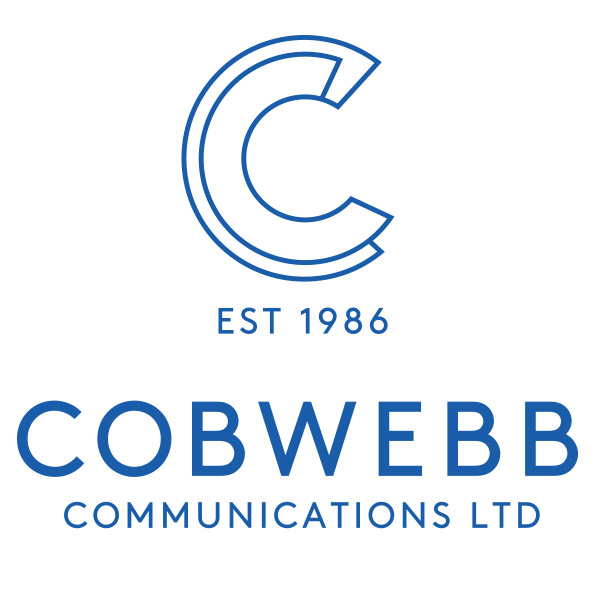Please enable JavaScript to view this site.
CPPD output devices are referenced in the PPD file 'OUTP' instruction and may be created via that command. The output devices file shows all the CPPD devices and allows for them to be modified.
The CPPD output device contains a list of the parameters used when printing, faxing or emailing. As many output devices as required may be specified within a CPPD file, allowing the output to be directed as required. Note that each output device must have a unique name.
The 'Type' parameter *SCS, *HPT, *AFP, *FAX , *EML, *FIL or *DSP defines the type of output.
*SCS |
Text data only, can be printed on any printer, only the chs per inch, lines per inch, drawer and rotation can be specified. |
*HPT |
Host print transform, text and image data, printed using Host Print Transform to a PCL or HPT compatible printer attached to the IBM i using a suitable connection e.g. TCP/IP. Fonts from the specified CPPD font group can be used together with barcodes, graphic overlays or printer resources, as specified in the CPPD file maintenance. |
*AFP |
Advanced function presentation, text and image data, printed using PSF/400 on the IBM i and an AFP Printer attached to the IBM i. Fonts from the specified CPPD font group can be used together with barcodes, graphic overlays or printer resources, as specified in the CPPD file maintenance. |
*FAX |
for faxing using the Cobwebb Fax interface. The Output device contains the parameters for defining the start of each new fax (using the data in the reformatted CPPD spooled file), extracting the fax destination from within the spooled file data, plus other parameters for controlling the fax. |
*EML |
for emailing using the Cobwebb Email interface or directly to your SMTP mail server. The Output device contains the parameters for defining the start of each new email (using the data in the reformatted CPPD spooled file), extracting the destination from within the spooled file data, plus other parameters for controlling the email. |
*FIL |
enables users to automatically turn their IBM i spooled files into either .TXT or .PDF files using the full reformatting power of CPPD. This means that you can archive your faxes, emails, prints to a PC or Server for ease of access and reference. An automatic program may be called to enable selected data from the output to be included as keys to the PDF data stream for automatic retrieval by your archive package. |
*DSP |
for sending the document as an image to a PC running CView. The Output device contains the parameters for defining IP address of the PC to which the document should be sent. |
